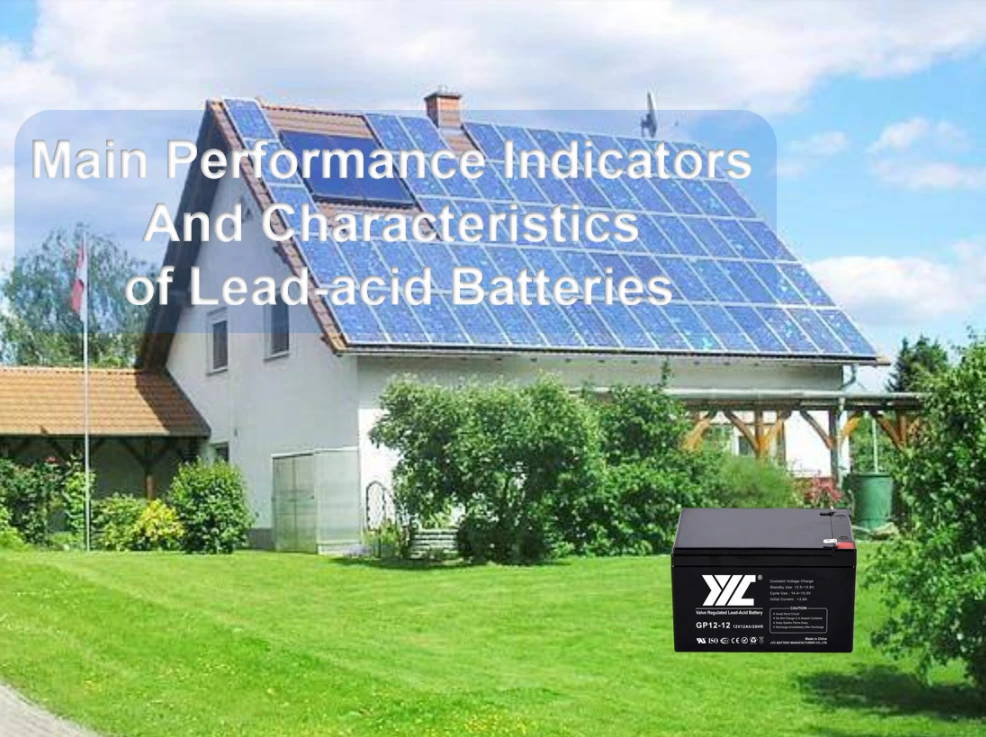
Lead-acid batteries are a common type of rechargeable battery widely used in automotive, UPS (Uninterruptible Power Supply), and solar energy storage systems, among others. Understanding the characteristics and performance parameters of lead-acid batteries is crucial for selecting and using these batteries effectively. Here is a brief overview of the main characteristics and performance parameters of lead-acid batteries:
Nominal Voltage:
The nominal voltage of lead-acid batteries is typically 2V, 6V, or 12V. It refers to the average voltage of the battery during charging and discharging processes and is used to identify the voltage level of the battery.
Capacity:
Capacity refers to the amount of electrical energy that a battery can store and is usually measured in ampere-hours (Ah). The capacity of lead-acid batteries can vary depending on the specific requirements, ranging from tens of Ah to several hundred Ah.
Self-Discharge Rate:
The self-discharge rate indicates the rate at which a battery loses its charge while in idle state. Lead-acid batteries have a relatively low self-discharge rate, typically around 1-3% per month.
Cycle Life:
Cycle life refers to the number of complete charge-discharge cycles a battery can undergo while maintaining satisfactory performance. The cycle life of lead-acid batteries typically ranges from several hundred to a thousand cycles, depending on the usage conditions and depth of discharge.
Charge Efficiency:
Charge efficiency indicates the percentage of energy that a battery can recover during the charging process. Lead-acid batteries exhibit high charge efficiency, usually ranging from 80% to 95%.
Temperature Characteristics:
The temperature has a certain impact on the performance of lead-acid batteries. Lower temperatures tend to reduce the battery’s capacity and power output, while higher temperatures can accelerate self-discharge rates and corrosion.
Internal Resistance:
Internal resistance is the resistance generated within the battery during electrochemical reactions and the flow of current. Lower internal resistance provides better battery performance and response time.
Safety Performance:
Lead-acid batteries are relatively safe under normal operating conditions. However, it is important to avoid overcharging, over-discharging, and overloading to prevent battery damage or potential hazards.
In summary, the characteristics and performance parameters of lead acid storage battery include nominal voltage, capacity, self-discharge rate, cycle life, charge efficiency, temperature characteristics, internal resistance, and safety performance. Understanding these parameters helps in selecting suitable lead-acid batteries and using them efficiently to ensure high performance, reliability, and safety. If you are not very familiar with these parameters, you can contact the professionals of JYC Battery for free consultation



